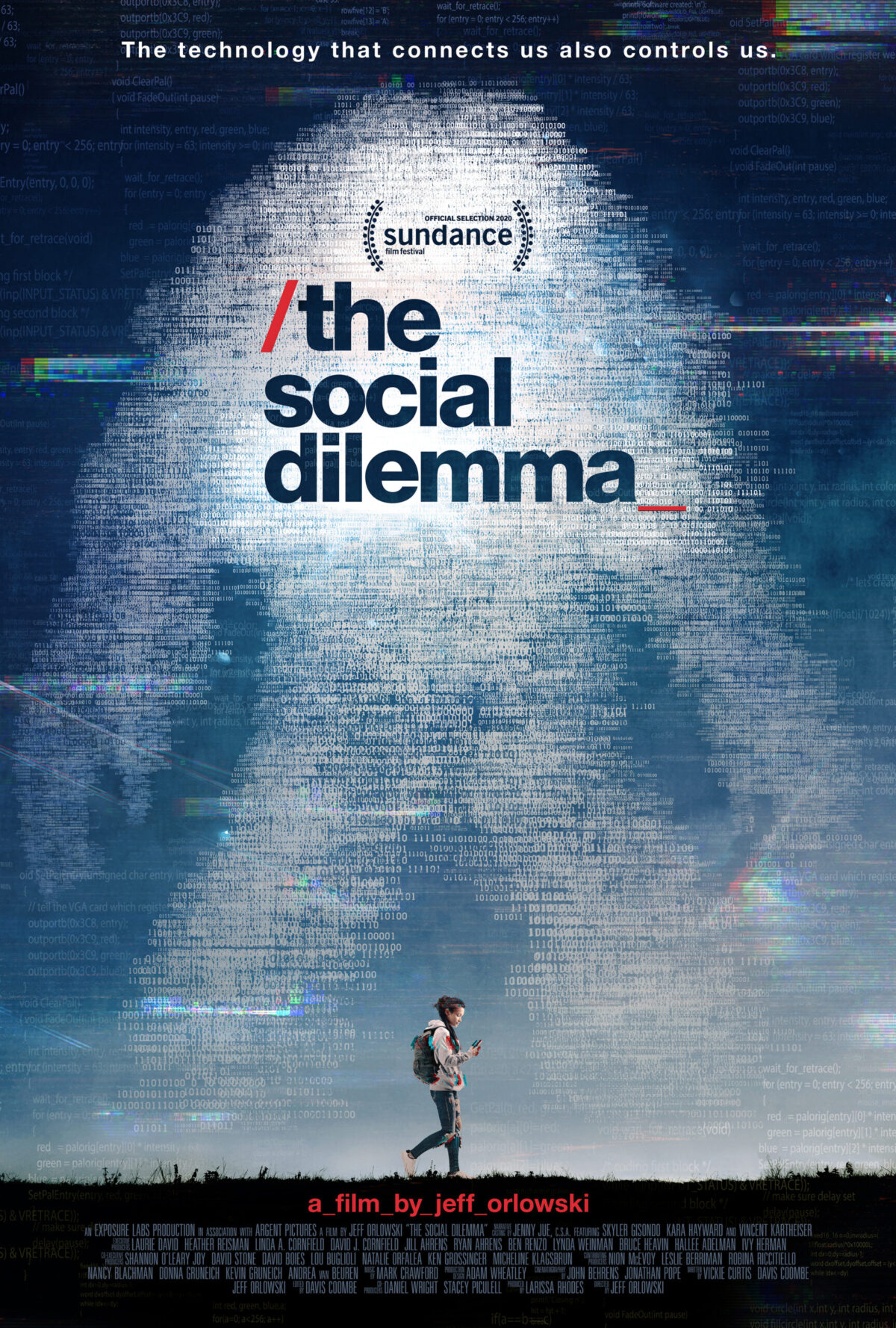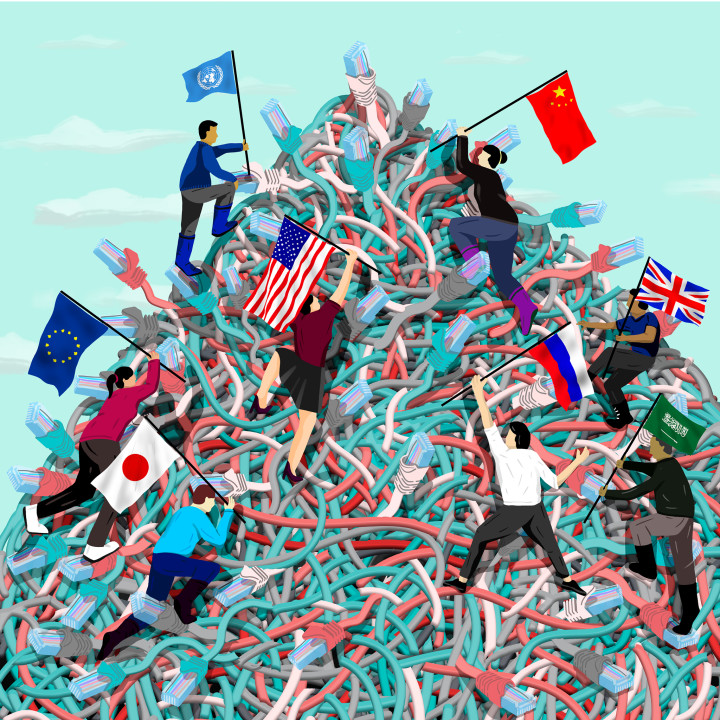As soon as we start discussing nuclear reactors, people tend to feel a little uncomfortable. Some of the most recent and devastating global disasters featured a nuclear connotation. The concept reminds people of the atrocities of WW2, Chernobyl and massive landfills of nuclear waste. As terrible as these events may be, they are by no means a justification to disregard nuclear energy all together. Let’s go on a journey delving deeper into what nuclear energy currently is, and what it can become.
I can already hear you thinking: “This is an information strategy blog, why am I reading about nuclear energy?” Just hear me out. 😉

Figure 1: Massive nuclear waste storage dome on the Enewetak atoll in the Marshall Islands
Traditional Nuclear energy (Nuclear Fission)
Traditionally, nuclear energy is generated through the controlled fission of the nuclei of atoms (read: splitting atoms) from an unstable fuel such as uranium-235 (The office of Nuclear Energy, 2020)1. When a neutron particle is fired at a uranium-235 atom, the atom immediately splits in two and releases heat in the form of radiation and also, on average, two additional neutrons. This can start a chain reaction: If these two new neutrons split two new atoms, and the reaction keeps growing exponentially from there, we have an atomic bomb. However, if you were to absorb one neutron at every fission, you can sustain a relatively stable nuclear reaction. Water can be used for that absorption and thus to moderate the nuclear chain reaction, and as the water does so, thermal radiation from the reaction heats the water up and turns it into steam, which can then be used to spin a turbine. This is what we refer to as traditional nuclear energy2.

Figure 2: Nuclear fission explained
Whereas this sounds as a great and clean way of producing energy, there are drawbacks. For one, it is the job of the nuclear reactor to keep the fission chain reaction contained. If it fails to do so, because of human error (Chernobyl3) or a natural disaster (Fukushima4) a meltdown can occur, which can be very dangerous (but can usually be contained within modern reactors5). In addition, another drawback is the nuclear waste produced in the form of contaminated water, which can stay contaminated for over millions of years (Kurzgesagt, 2015)6.
The new nuclear energy
When we speak of Nuclear fusion, we don’t speak of splitting atoms, but rather fusing them. Several atoms can be used but Tritium and Deuterium, both hydrogen atoms, are the most suitable for establishing the reaction efficiently. Whereas fusion energy sounds new, it is actually not that new; our very own sun shines because of it! For nuclear fusion an incredible amount of heat is necessary. Our sun generates it through its immense gravity; however, on earth we cannot replicate that. Instead, we try to recreate such conditions with either highly powerful lasers to raise the temperature of a small pellet of fuel, or we use massive electromagnets to form a plasma inside a donut shaped reactor. For all their dissimilarities, however, nuclear fission and fusion do share one thing in common: energy capture. Fusion reactors are also cooled with water, which will eventually turn into steam and turn a turbine. The actual specifics of how nuclear fusion works are very complex. For a simple explanation, please refer to this YouTube video7!

Figure 3: Schematic of the nuclear fusion reactor ITER, currently under construction in France
The bottom line is that energy resulting from nuclear fusion has several very distinct advantages. First of all, it barely produces any waste, certainly negligible compared to fission. Secondly, it is fueled by hydrogen atoms, of which we have vast amounts in our oceans. Lastly, it is not a bomb, if a fusion reaction inside a reactor destabilizes it just quietly dies out and cannot contaminate the surrounding landscapes.
If nuclear fusion is so great, then why don’t we use it?
A common joke made by some is that “nuclear fusion is always 30 years away”, which refers to the predictions some scientists have made that have never ended up being true. The problem with nuclear fusion is that it is incredibly expensive to develop; even to just run an experiment you would need a reactor capable of replicating the heat of the sun here on earth. That is no easy feat, let alone a cheap one. Since we are yet to succeed in creating a commercially viable fusion reactor; which would consume less energy than it produces, it remains incredibly difficult for scientists to make the argument that they should receive funding as opposed to clean renewables (of which we know they work).
Why does it even matter?
Developing nuclear fusion is, in essence, a billion-dollar gamble. We don’t know if it will ever do what we think it can, but we do know that if it does ever get there, it could revolutionize the world we know today. Just imagine a world where energy is cheap and abundant. Energy will no longer be one of the most important and fought for commodities known to modern humans. Wars over oil fields would be in the past, the atmosphere will get the chance to gradually become cleaner and cleaner and developing countries will be able to develop more rapidly and easily. It is potentially a very bright future, but also poses significant risks.
As I alluded to in the introduction, this blog surrounds the topic of information strategy and therefore innovations in nuclear power do not seem particularly relevant to business at first glance; however, I would like to argue the contrary. Almost everything we do nowadays has found some way to become more digitized and all that digitalization requires the availability of power. The abundance of energy will therefore have massive business implications and create a vast amount of new exciting opportunities. All of a sudden so much more will be possible since there is less of a need to strive for utter efficiency. Data centers can grow larger, and the electrification of old technology will become less opposed (think of the arguments currently raised against electric cars). Bright futures are met with abundant opportunities.
To conclude, it is very important we realize the risks involved with achieving viable nuclear fusion energy, because they are substantial. The technology has its flaws, but it could eventually revolutionize our lives. Give nuclear power a chance, it might be the key to humanity’s next technological revolution.
p.s. Something to look out for is the Iter project currently being developed in France. Scheduled to start full operation in 2035, this is predicted to potentially be the breakthrough experiment that allows for commercially viable nuclear fusion energy, read more here: https://www.iter.org/.
References:
- https://www.energy.gov/ne/articles/nuclear-101-how-does-nuclear-reactor-work
- https://www.youtube.com/watch?v=HD3k1hgbUXQ
- https://en.wikipedia.org/wiki/Chernobyl_disaster
- https://en.wikipedia.org/wiki/Fukushima_Daiichi_nuclear_disaster
- https://en.wikipedia.org/wiki/Nuclear_meltdown#Effects
- https://www.youtube.com/watch?v=HEYbgyL5n1g
- https://www.youtube.com/watch?v=Wc8SJqAPVaM.






 Ghost Pacer Avatar
Ghost Pacer Avatar Ghost Pacer Technology
Ghost Pacer Technology Nike AR Glasses
Nike AR Glasses





